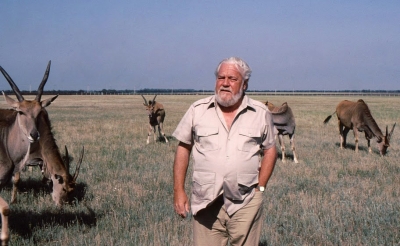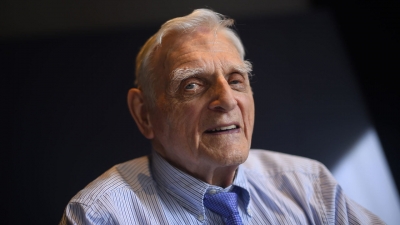
“Lives of great men all remind us, we can make our lives sublime and departing, leave behind us, footprints on the sands of time” – More than 200 hundred years after his death, the words of Henry Wadsworth Longfellow often greet us in the least expected places. Inside a get-well card; or a poster hanging on the restaurant walls, or stranger still, as a motivational message on a WhatsApp group. Such is the power of this gifted poet’s words that they have transcended time and truly left their immortal footprints.
Longfellow was nothing less than a celebrity in his time. From Abraham Lincoln and Nathaniel Hawthorne to Queen Victoria and Edgar Allan Poe, everyone was a fan of his lyrical and simple verses. And not just adults, he was adored by children, who found his verses to be playful and smart. He was second only to Lord Tennyson. Rarely has a poet received such recognition. But did you know that Longfellow was fluent in no less than eight languages?
A love for languages
Right from an early age, Longfellow displayed phenomenal linguistic skills. He picked up languages with an uncanny ease, without any special coaching. By 14, he was fluent in Latin, a language proficiency was so good that he was even offered the post of the professor of modern languages at his alma mater, Bowdoin College in Maine, immediately after graduating as the trustees were immensely impressed by his work.
Before taking up the job offer, Longfellow embarked on a three-year preparatory study tour across Europe. He travelled to France, Spain, Italy, Germany and England. In Madrid, he became friends with Washington Irving, author of Rip Van Winkle and The Legend of the Sleepy Hollow. Irving encouraged the young Longfellow to pursue writing.
Longfellow, who started teaching at Bowdoin college on his return, translated textbooks from French, Italian, and Spanish. His first published book was a translation of the poetry of medieval Spanish poet Jorge Manrique in 1833.
He became the first American author to translate Dante’s Divine Comedy, which served as an inspiration for many generations of writers.
After Bowdoin, he taught Modern Languages at the prestigious Harvard College in Cambridge, where he spent the rest of his years.
Friendships
Longfellow had a close friendship with another great mind, Nathaniel Hawthorne, who also urged him to explore his literacy skills. At his behest, Longfellow published Voices of the Night, his debut book of poetry, which contained some of the poems he had written as a teenager. At Cambridge, Longfellow formed a literary society called the Five of Clubs, which included Charles Sumner and Cornelius Conway Felton. The house where it all began is now preserved as the Longfellow House-Washington’s Headquarters National Historic Site.
Simplicity is key
Longfellow penned lyrical poems, often presenting stories of mythology and legend. Though he was a huge success, he was also criticised for writing uncomplicated and simple verses. However, Longfellow loved writing poems that had a mass appeal. He wanted people to find pleasure and solace in his verse, regardless of whether they were rich or poor. The playful and musical nature of his poems made him a favourite among children too.
Poet’s corner
Longfellow’s life was marked by tragedy. He lost his first wife shortly after marriage. His second wife died in a freak accident at home. Both the losses cast a shadow on his life till the poet passed away at the age of 72 on March 24, 1882. As a tribute to the literary giant, a life-size bust of the poet was placed in the Poet’s Corner Westminster Abbey in 1884 – the first non-British writer to receive this honour.
Oh really?
- Longfellow was born in the seaside of Portland, Maine, in the U.S., over 200 years ago. His ancestors were among the earliest settlers in the U.S. They had come to the country on the historical Mayflower in search of a new and better life.
- He was the first U.S. author to translate Dante Alighieri’s Divine Comedy.
- In 1867, Longfellow hosted Charles Dickens for Thanksgiving dinner.
- A bridge in Cambridge, which he frequently crossed while walking home from Cambridge, was later named after him. In 1906, the Boston Bridge was replaced and renamed the Longfellow Bridge.
- Longfellow sustained facial injuries that prevented him from shaving his face and he grew a full beard as his trademark.
- Paul Revere’s Ride is Longfellow’s best-known poem.
Picture Credit : Google








 600,000. The miniature book will be displayed at the Parsonage Museum, built in the Brontes’ old home in Haworth.
600,000. The miniature book will be displayed at the Parsonage Museum, built in the Brontes’ old home in Haworth.

